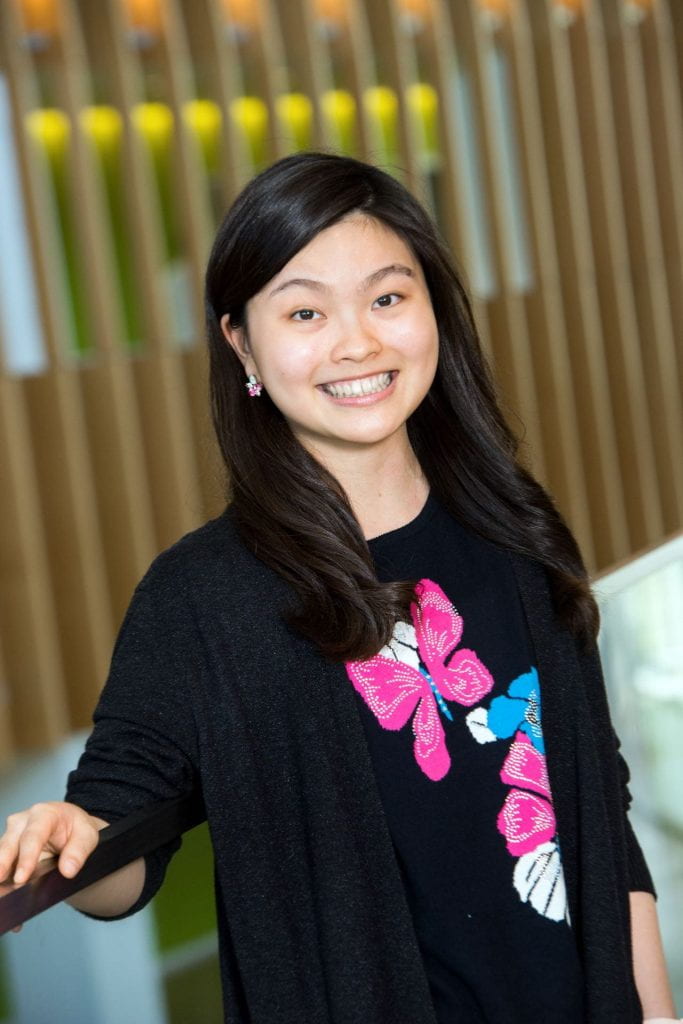Antimicrobial Resistance and Multisectoral Communication

When she applied to Cornell’s MPH Program, Jubi Lin was most curious about the One Health paradigm. “I always wanted to go into human medicine, but had never thought about how it was connected to all these sectors before,” she recalls. She was first drawn to public health after shadowing a physician, and noticing how cultural differences could affect patient treatment. “I wanted to think more about preventing diseases in society, to help reduce these inequities.”
At Cornell, Lin quickly realized the importance of antimicrobial resistance (AMR) as a global public health crisis that required a One Health approach. For her practicum, she joined a project that sought to understand and leverage AMR communication strategies to not only prevent infections and inequities in disease outcomes for humans, but also to improve animal and environmental health.
Lin worked with Dr. Renata Ivanek, Cornell ’08, Dr. Amelia Greiner Safi, Cornell ’06, and Dr. Sebastián Llanos Soto (a veterinarian and PhD candidate in epidemiology), to review the literature on current interventions for controlling AMR on dairy farms, and then design an infographic and other educational materials for use with dairy farmers and dairy farm managers. She focused on using language for each audience that would help them understand and care about the issues of AMR. “I wanted to position them to see themselves and other frontline workers in solving AMR—as farmers, they have a lot of power to mitigate AMR, starting with the food system.”
“The most important things I’ve learned are that you need to understand the health literacy and the interests of y our target population to communicate effectively, and that involving key stakeholders is essential,” says Lin. For example, their team worked with Cornell Cooperative Extension Specialists, whom the farmers already know and trust, to help design and deliver the educational materials.
our target population to communicate effectively, and that involving key stakeholders is essential,” says Lin. For example, their team worked with Cornell Cooperative Extension Specialists, whom the farmers already know and trust, to help design and deliver the educational materials.
She continued her work in AMR communication in a capstone project that analyzed the views of 1000 U.S. survey respondents on perceived severity and importance of AMR, and “who bears responsibility for the issue of AMR” among policymakers, doctors, pharmaceutical companies, farmers, and consumers. Greiner Safi, a co-investigator on this project along with Ivanek, teaches Public Health Communications with the MPH Program. In her view, “AMR is a threat to health globally, and it competes for attention with a number of other crises. If there are more effective ways to talk about it to gain attention and advance research, funding and policy, we should understand them as soon as possible.”
Lin says the communication theories and strategies she applied with dairy farms for her practicum also apply to communicating with policymakers in her capstone. She hopes this work will help to create more accountability measures for AMR between sectors, and between human and animal medicine, since “policymakers have the potential to have a huge impact on AMR.”
Written by Audrey Baker
